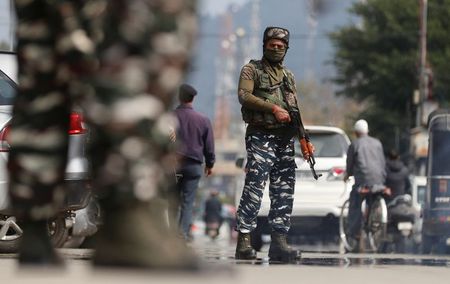
Central Armed Forces and Internal Security

India since its independence has been constantly embroiled in several internal problems. The Government of India has had to put in lot of efforts to put down many separatist fires including that in Kashmir which continues to drain us both in terms of finances and casualties to civilians as well as security force personnel. Controlling several separatist insurgencies in the North East also needed a lot of attention till about half a century after the independence. Some issues like Naga problem still need closure. Separatist militancy aided and abetted by Pakistan raged in Punjab through eighties and nineties of last century and imposed heavy cost in terms of lives and economy. The problem was finally resolved by the sagacity displayed by political leaders. Insurgency in Maoist affected region of central India continues to drain our resources. This was referred to as the most serious threat to internal security by then Prime Minister Man Mohan Singh.
Several reasons like economic disparities, social discrimination have given rise to these problems. These are further compounded by financial and logistic support of inimical neighbours. A perception has been created that tribals are being deprived of their rights is the cause of prolonged Maoist insurgency in central India.
The Central Armed Forces often referred to as the Central Paramilitary Force are the mainstay of efforts to bring down violence in these troubled areas. The quantum and spread of these problems have led to rapid expansion of these forces and their strength now is in the region of one million personnel i.e., about 60 percent of the strength of the defence forces.
Growth of India’s paramilitary forces has been in diverse fields. The most remarkable rise has been mainly in the domains of border security besides counter insurgency, industrial security and riot control.
Many armed police forces have also been raised by states, in shape of state Armed Police Battalions. Their task is to assist the Police in riot control duties. Government has also sanctioned India Reserve Battalions (IRB) for many states for national duties in case of requirement. The states also have raised their own “Special Task Forces (STF)” and Special Operations Groups (SOGs) for carrying out specific operations.
Raising of central armed forces has relieved the burden of internal security from the defence forces to a very large extent. However, the defence forces still continue to be engaged in internal security duties, especially in Jammu and Kashmir.
Historically speaking the internal security in pre independence times was responsibility of the colonial army. Though sparingly used in the twentieth century. There were very few armed forces other than the colonial army, namely Cachar levy (later Assam Rifles) in the east and Punjab frontier force in the west.
Free India inherited paramilitary provincial constabularies and The Crown’s Representative Police Force (raised in 1939), later renamed the Central Reserve Police Force (CRPF) after independence.
The first spurt of post-independence growth of paramilitary forces occurred in the 1960s in response to external, rather than internal threats. The threat from China led to the founding of the Indo-Tibetan Border Police (ITBP) in 1962 under MHA for guarding India-China border. World’s largest border guarding force, the BSF was similarly raised after the 1965 war with Pakistan to guard India-Pakistan border (now India-Pakistan and India-Bangladesh border). SSB was raised in 2001 for guarding India-Nepal and India-Bhutan border.
The border guarding forces besides guarding the borders have a secondary role in aid to civil administration in internal security. Besides being requisitioned for internal security and election duties in various parts of India, these forces have been heavily engaged in counter insurgency and counter terrorism operations in the border states.
The BSF has performed a stellar role in combating insurgencies in Nagaland and other north eastern states where it was a leading paramilitary. BSF also helped effectively control Gorkhaland agitation in eighties and early nineties. The BSF has made phenomenal contributions in combating militancy in Punjab and J&K till 2003, where after it was de-inducted in view of the government decision of designating CRPF as the main internal security force of the country by adopting the principle of “One Task One Force” recommended by Group of Ministers set up after the Kargil war. However internal security problems of India being so numerous, the BSF is extensively deployed in central India to combat Maoist insurgency.
The ITBP besides border duties was mostly used for providing close protection to political leaders and government officials targeted by rebels. Like BSF, ITBP is also extensively deployed in central India for combating Maoist insurgency.
The CRPF, established basically for internal security also developed riot, crowd control and counter insurgency capabilities. Through the 1980s and 1990s, the CRPF became a more mobile force, reconstituting its riot control squads into Rapid Action Force. The CRPF also has raised “Combat Battalions for Resolute Action” (COBRA) units for special operations in insurgency prone areas. In Punjab, the CRPF served effectively at the heights of the Khalistan Movement. After the successful end of militancy in Punjab, CRPF reverted to riot and crowd control, while continuing limited counter insurgency operations in North Eastern region. As stated above, in 2004 the CRPF replaced BSF in J&K and is presently the main counter insurgency force there besides the Army. It is also heavily deployed in Maoist effected Central India.
The scope of duties of the Central Armed forces in internal security involves Counter Insurgency/ Counter Militancy, Elections, Riot Control and assisting police in maintaining Law and Order.
As discussed above, the Central Armed forces have been involved in combating many insurgencies. Besides those, they have also been assigned several other internal security responsibilities. They were involved in controlling the Indian Railways Strike in early seventies, wherein, they were tasked to ensure smooth operations of railways trains besides ensuring peace and tranquility in the railway estates. These forces have helped quell communal riots at many places including those in Bombay, Bhagalpur, Moradabad and Ahmadabad. These forces are extensively used in Parliamentary and State assembly elections. In fact, there have been occasions when these forces are deployed for ensuring even local Panchayat, District and Tribal Council elections.
Even CISF and SSB are now being extensively used for internal security, elections and counter insurgency operations. Large strength of these forces are deployed for Anti Maoist operations.
Despite rapid numerical growth, the Central Armed forces remain overstretched because of compulsion of their deployment to control plethora of internal security problems facing the country. Continuous prolonged deployment wrecks the personnel management systems by disrupting the training and leave schedule of troops, resulting into dilution of operational efficiency and inflicting lot of stress to troops and commanders. The states have started requisitioning these forces even at the hint of smallest of law-and-order problem even though these may be well within the capability of the local police. Similarly, requisitioning of these forces even for elections to Panchayats also puts a heavy burden on them.
The state governments and police leadership must initiate measures for capacity building of the State Police and Armed Police forces in order to reduce the burden on Central Armed Forces.
The Central Armed Forces face another dilemma while performing their duties. All the forces are equipped with fire arms. Only CRPF has a component equipped with lathis. Their training methodology is “Ek Goli, Ek Dushman”, whereas in dealing with internal security problems they are expected to adhere to the principle of “use of minimum force”. These forces therefore are often at the receiving end of brickbats for violation of human rights. Most of the forces have tried to adapt to the requirement by including these aspects in their training including imparting soft skills.
Forces are also increasingly using less lethal methodology while operating in populated areas to avoid collateral damage. However, in insurgency effected areas against armed militants, they cannot be expected not to resort to use of fire arms. Right to private defence takes precedence under these circumstances. The leaders of the force therefore train their personnel in both aspects. The training should also orient itself towards producing confident and independent junior leaders capable of taking decision in quick time frame and seizing the initiative from adversary. The troops and junior leaders must adapt to basic drills for countering different situations.
The forces also confront several operational and logistical problems when deployed for internal security duties. Not being familiar with terrain and societal mores, they are handicapped. Therefore, most important for the leaders of the force is to carry out familiarization training whenever new set of troops are inducted in a particular area.
This familiarization process will also obviate another problem that the troops face, which is intelligence. This will lead to better flow of actionable information which then has to be processed to become intelligence. Good liaison with police should also help resolve the problem of intelligence.
Another operational problem that the forces face, especially, in the areas where AFSPA is not in force is the non-availability of police for conduct of operations. The powers of search not being available to the Central Armed forces, it is essential that the local police representative of appropriate level is always associated with detachments of these forces in order to avoid legal complications at later stage.
The Central Armed Forces face several constraints while operating in internal security environment. First of this relates to the organizational hierarchy of the forces. These forces operate in Sections, Platoons, Companies and Battalions and move with their command elements whereas police authorities used to function in ones and twos, prefer the forces to be placed directly under their command for deployment as deemed fit by them and hence do not want the command elements of the forces. This coupled with the lack of knowledge of ethos of the armed forces by police officers leads to lack of coordination. Conversely, lack of knowledge of constraints of police by the armed forces too adds to difficulties. The co-ordination at the local level is therefore personality based rather than system based. The problem of operating in areas where AFSPA is not applicable has been discussed above.
The one-upmanship, hunger for credit, etc., are some other aspects which hinder the efficiency of these forces while operating in internal security. Another major problem faced is about the logistics support from states, especially provision of unsuitable accommodation which creates lot of difficulties.
Certain actions like creation of unified command consisting of representatives of all agencies involved will help better coordination, quick dissemination of information and tying up minute details besides ironing out differences. Creation of a security grid like the one existing in Maoist effected central India, more and effective use of technical gadgets for intelligence gathering and surveillance are some other suggested measures. Familiarization training of troops before induction will enable the troops and commanders to better understand the complexities of prevailing situation. The forces must also study past incidents, especially those involving setbacks and draw lessons from them.
The Central Armed Forces have an important role in assisting the civil administration in dealing with internal security situations and they must always be in operational readiness to undertake these tasks. Proper coordination with police authorities and orientation of training for these tasks will go a long way in enhancing efficiency of these forces in conduct of internal security operations.
***************
Disclaimer
The opinions expressed in this article are the author’s own and do not reflect the views of Chanakya Forum. All information provided in this article including timeliness, completeness, accuracy, suitability or validity of information referenced therein, is the sole responsibility of the author. www.chanakyaforum.com does not assume any responsibility for the same.
Chanakya Forum is now on . Click here to join our channel (@ChanakyaForum) and stay updated with the latest headlines and articles.
Important
We work round the clock to bring you the finest articles and updates from around the world. There is a team that works tirelessly to ensure that you have a seamless reading experience. But all this costs money. Please support us so that we keep doing what we do best. Happy Reading
Support Us






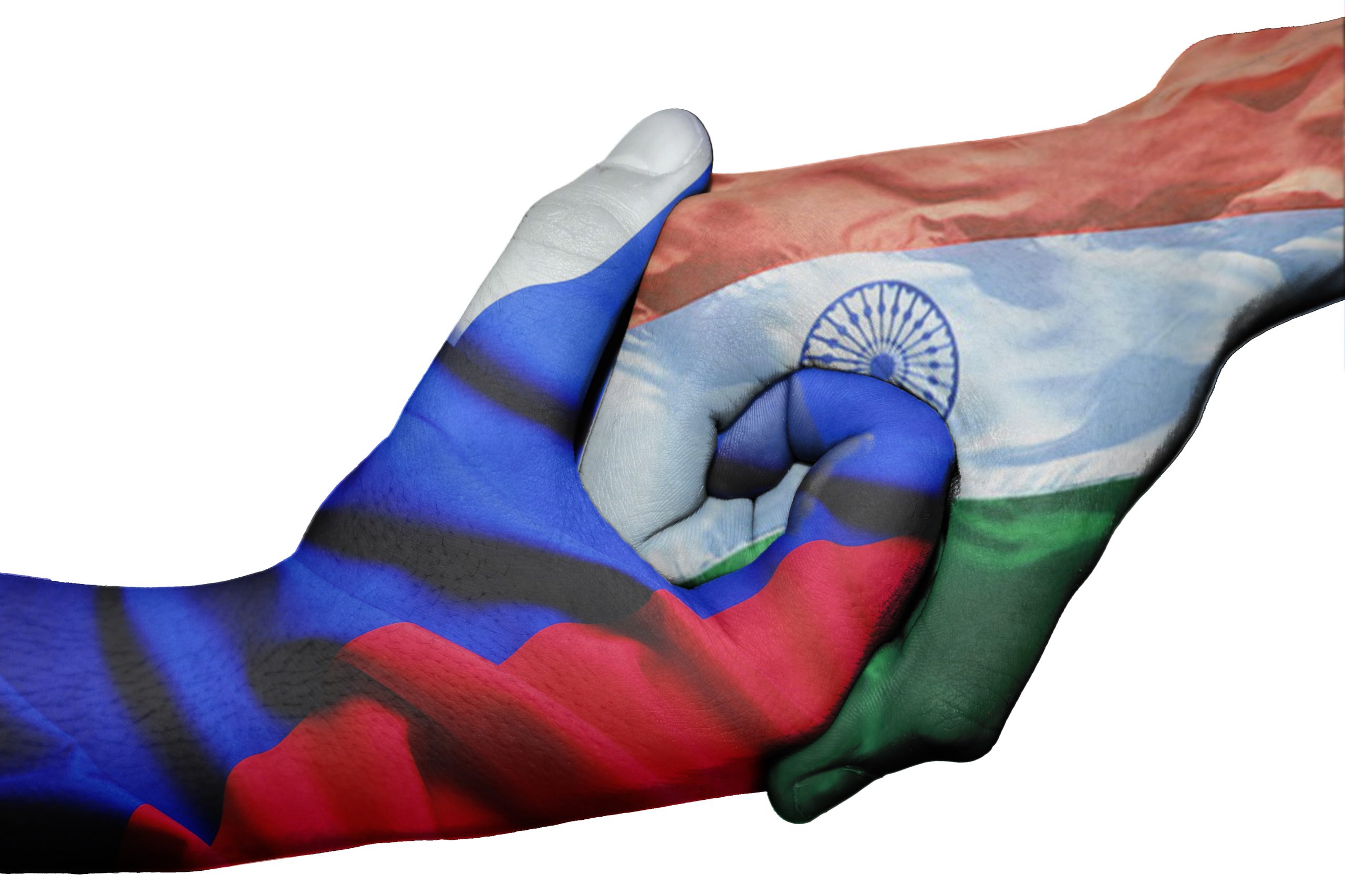
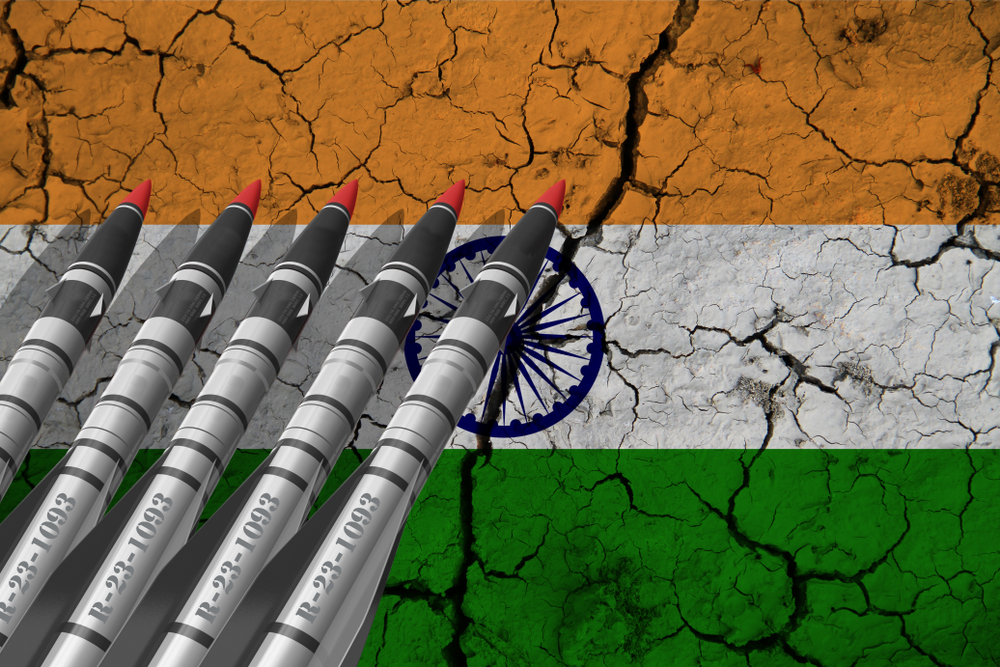

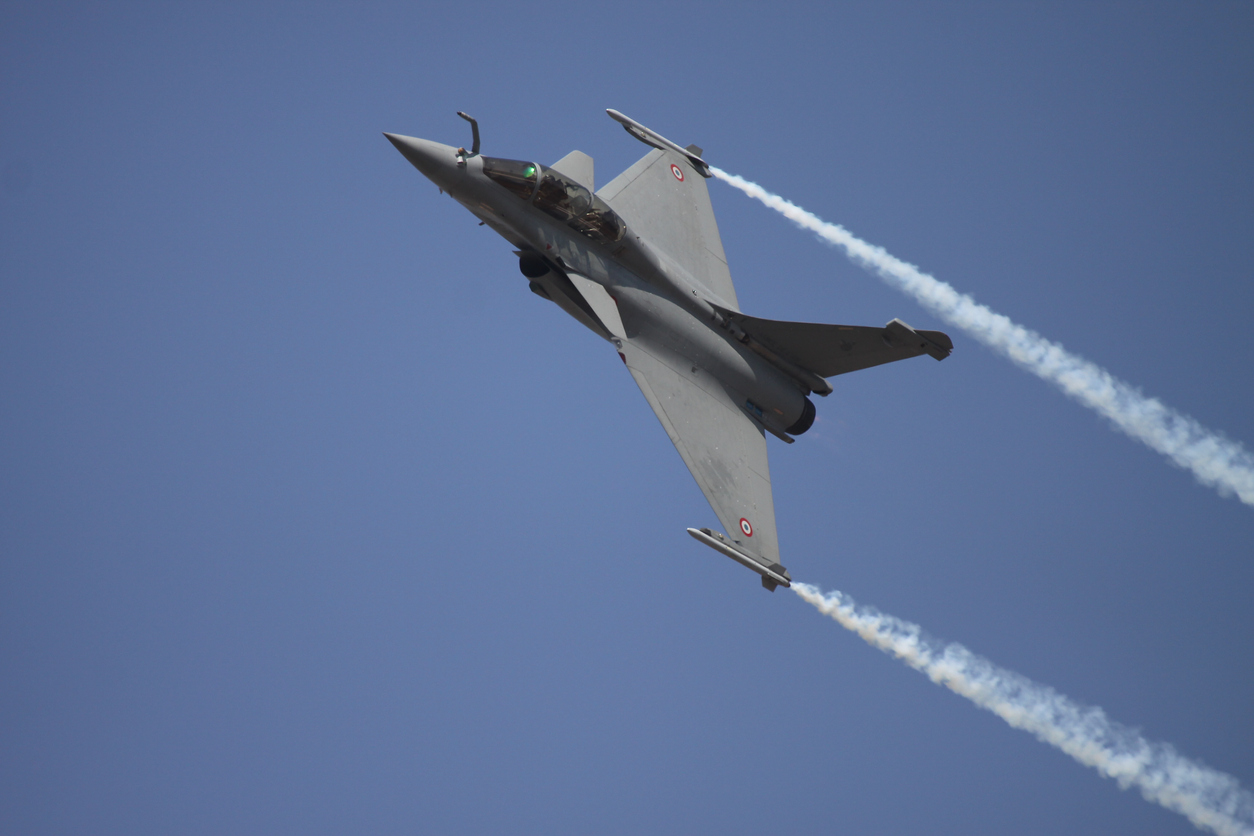
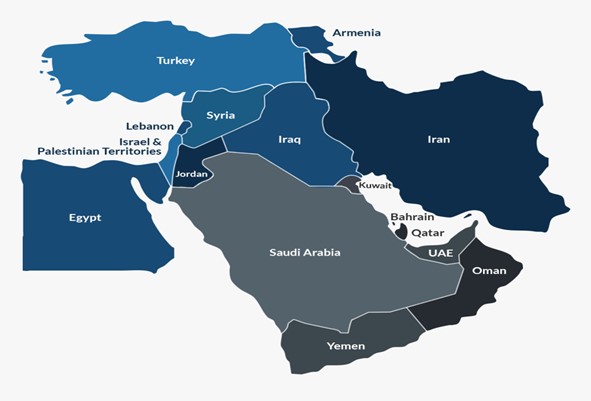

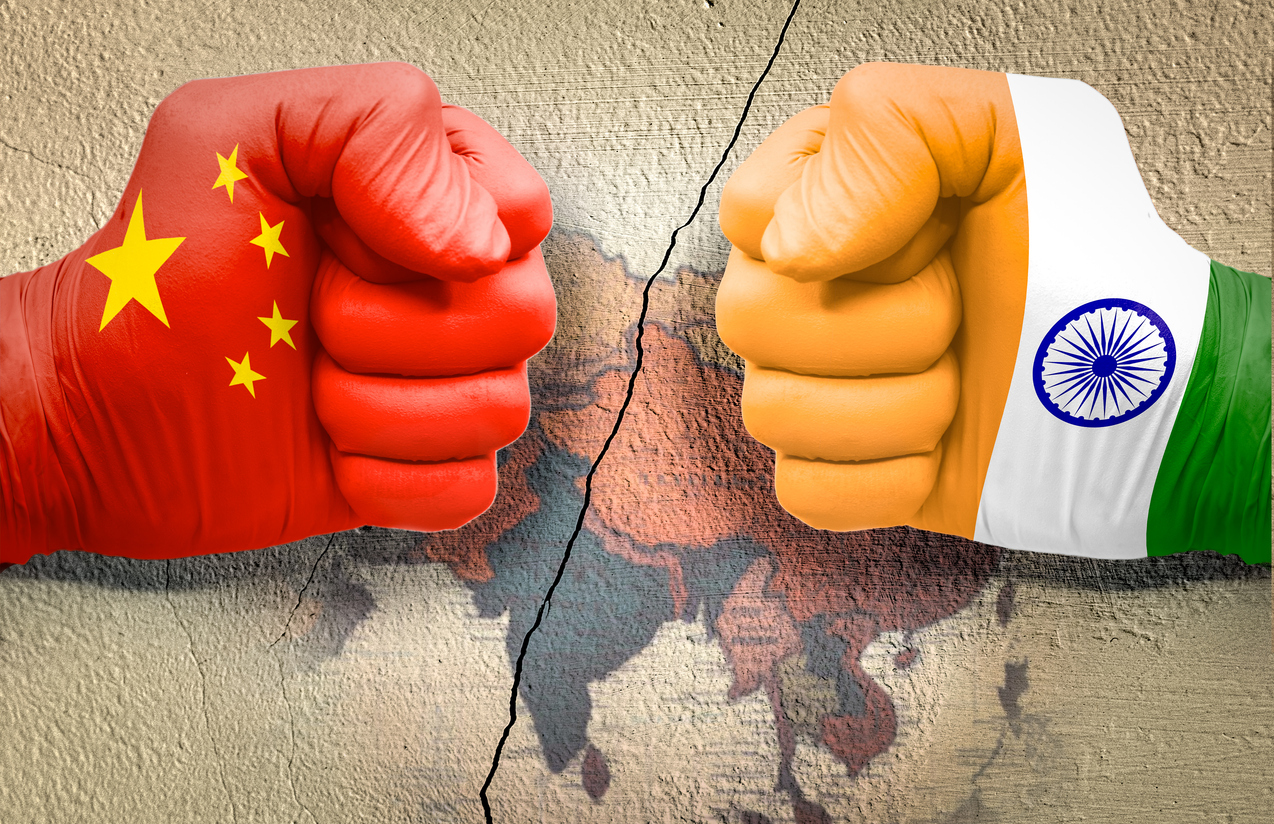
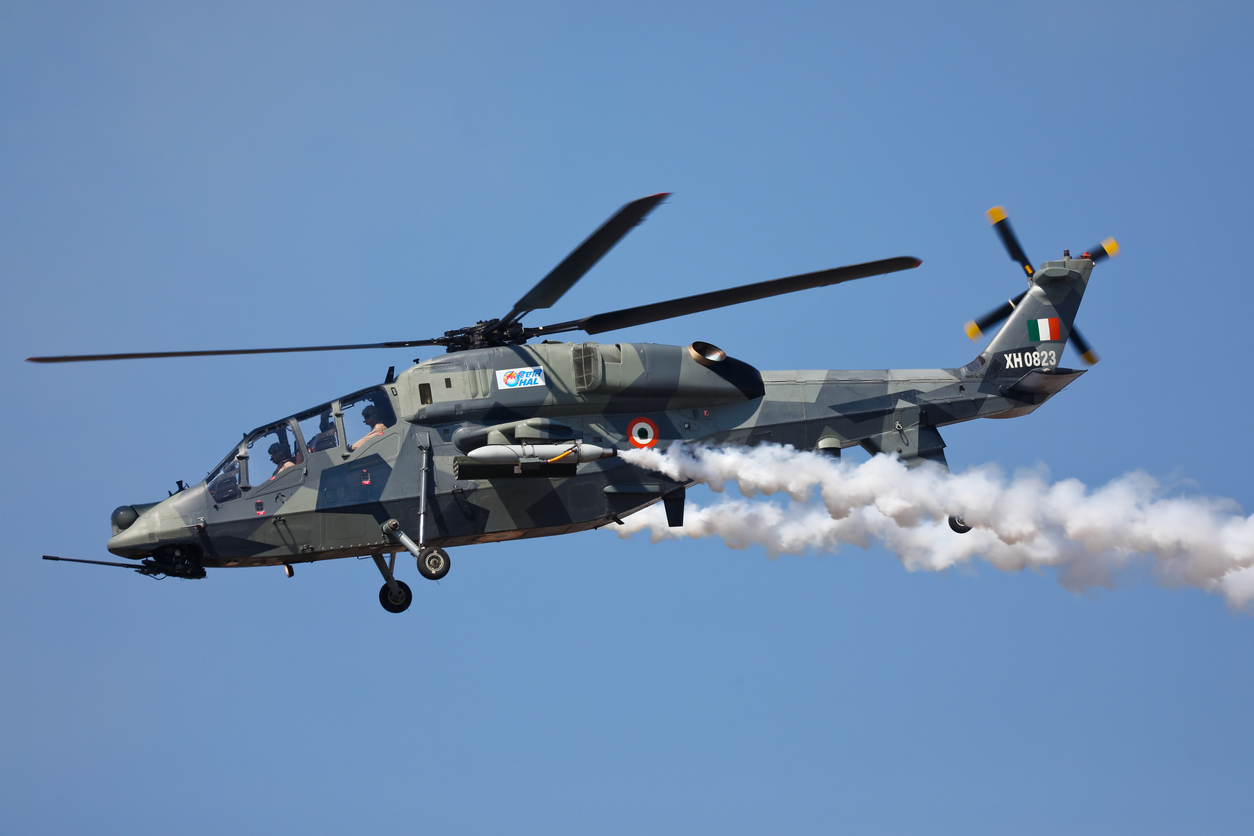
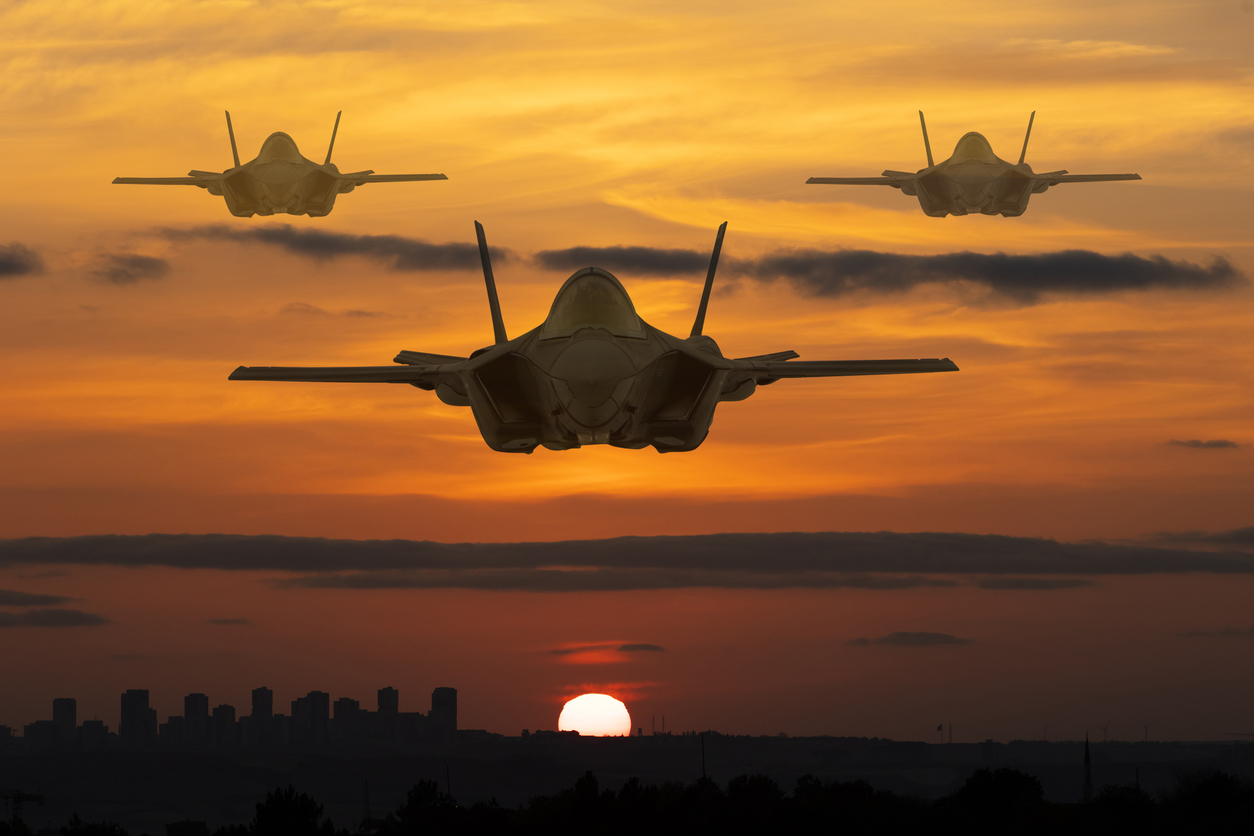






POST COMMENTS (2)
धीरज
CJS Heera